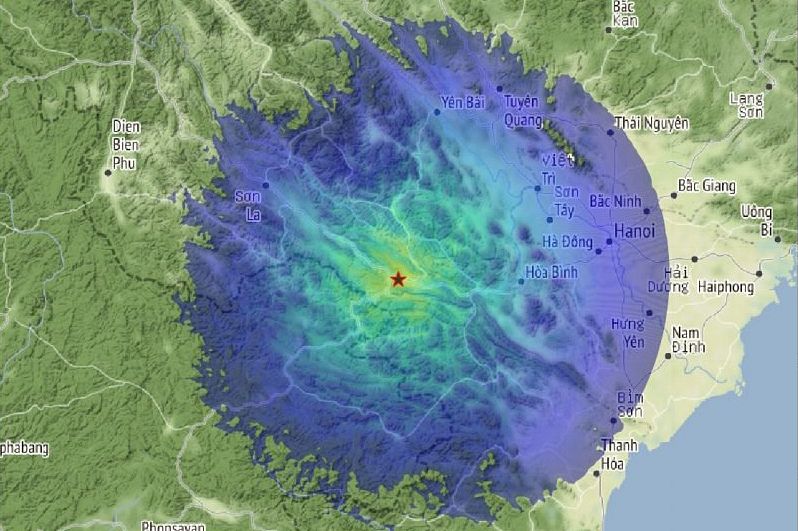After analysis, scientists believe that a 12,000-year-old set of human remains found in Ninh Bình belonged to a prehistoric man who died from infection after being struck by a quartz-tipped projectile.
Last week, global news outlets reported on the findings published in a scientific report in the journal Proceedings of the Royal Society B, in part because the skeleton represents the oldest-known human in the area, based on mitochondrial DNA. The discovery also attracted attention because, when investigating the 35-year-old male’s potential cause of death, scientists discovered a fragment of quartz. Based on forensic evidence, they surmise the mineral-tipped projectile struck him in the neck, shattering a bone but not killing him. After weeks or even months of pain, the individual, dubbed TBH1, succumbed to infection and was buried in a cave in the UNESCO World Heritage site,Tràng An.

TBH1's skeleton, along with the quartz micropoint (top left) and a close-up of the fractured neck bone (top right).
Mysteriously, quartz does not occur naturally in the area, and similar artifacts have only been found thousands of miles away. Scientists remain baffled by the specifics of what was potentially a violent encounter, possibly between disparate groups. Moreover, some of the bones were gnawed on by animals post-mortem but not dragged away, leading experts to believe TBH1 was cared for before and after his death.
The study’s lead author, Christopher Stimpson, a researcher and honorary associate at the University of Oxford’s Museum of Natural History in the UK, explained the excitement over the find: “Human remains from this time in southeast Asia’s history are relatively uncommon, so the skeletal and DNA evidence that we were able to recover gives us a rare insight into the people living there at the time.”
While the report was just published, scientists have been working in the area known as Thung Bình 1 since 2017. Containing broken pottery, snail shells and animal bones, they believed the ancient dump could provide insights into the life and culture of the humans who created it. Finding a human skeleton, however, was more than the team had expected. “I’d previously worked in a few other caves in the local area, but this is probably the most challenging excavation that I’ve ever conducted,” Stimpson said. “It was a very small and cosy cave to work in, but finding a skeleton of this age in such good condition made it all worthwhile.”
The find is notable for Vietnam in particular. Dr. Bùi Văn Mạnh, director of the Ninh Bình Department of Tourism, said: “This is a groundbreaking and significant discovery — not only in terms of scientific value, but also in its historical and cultural importance. It is a source of local pride and will be invaluable in fostering a deeper appreciation for the heritage of Tràng An in residents and visitors alike.”
The oldest human remains previously found in Vietnam date back only 10,000 years and were found in nearby Hà Nam Province. Scientists will continue to work in Tràng An’s cliffs and caves, hoping to learn more about the ice age humans that lived in the area.














